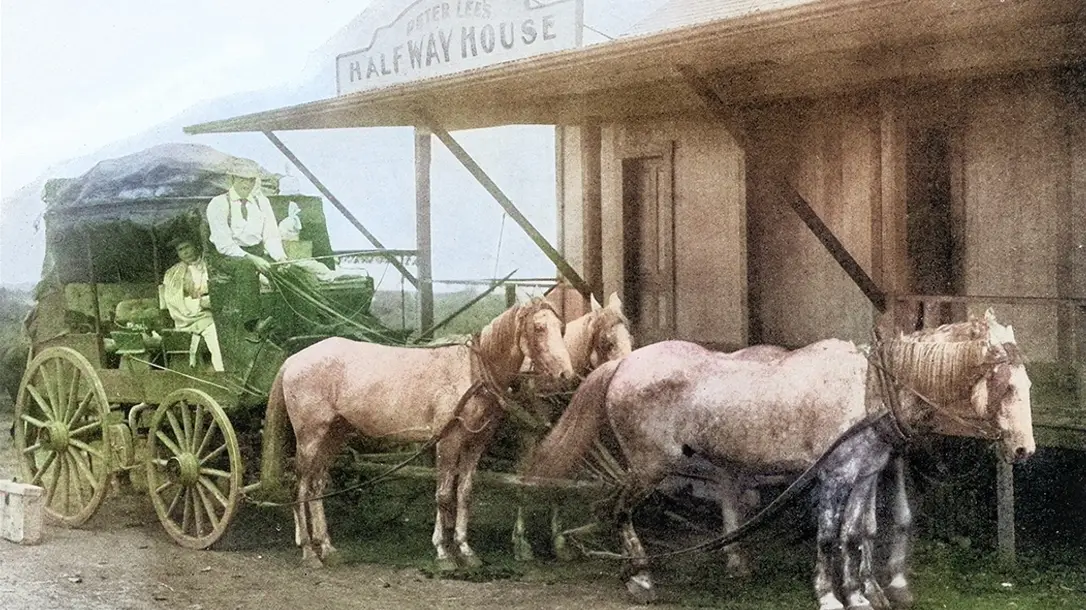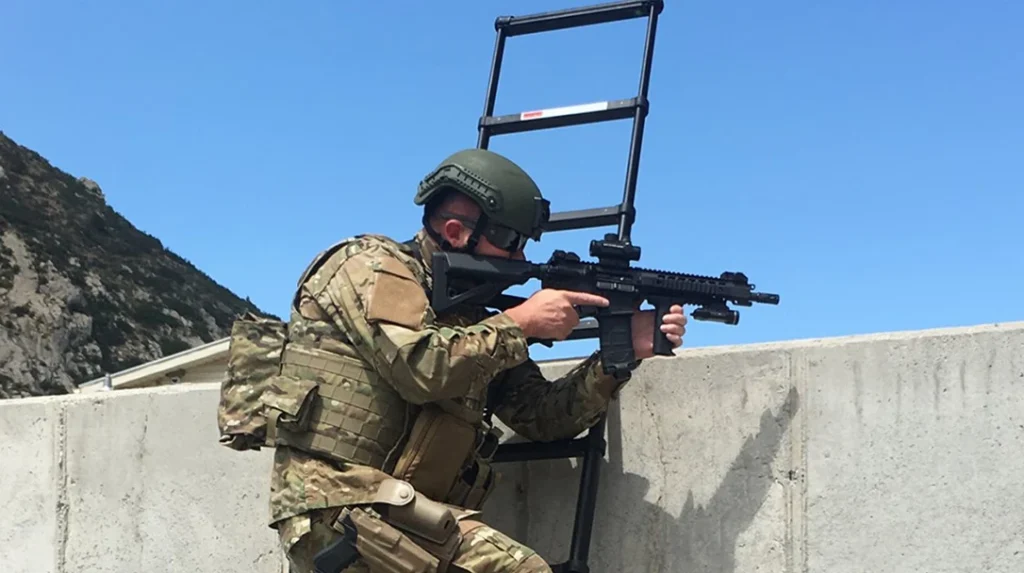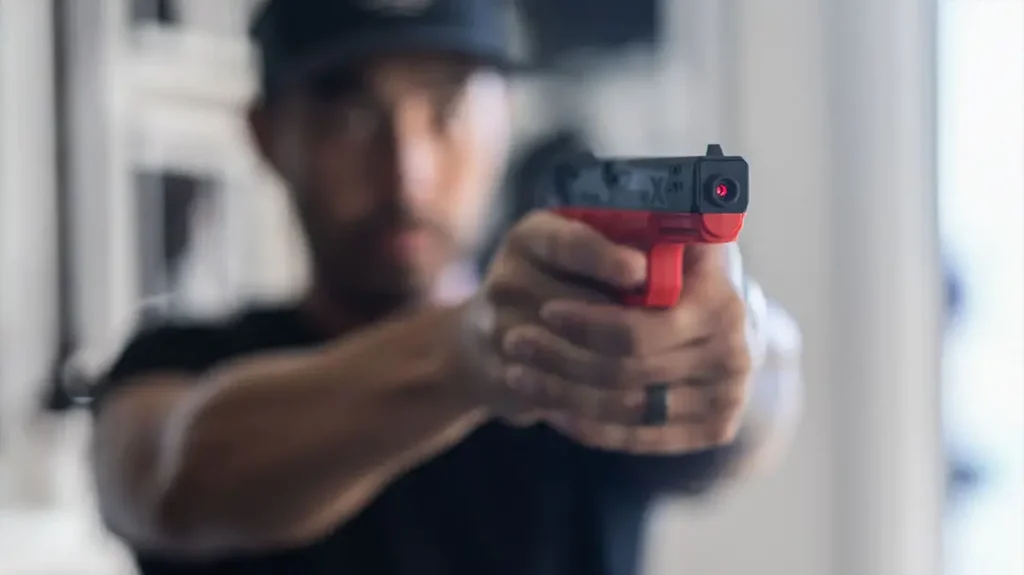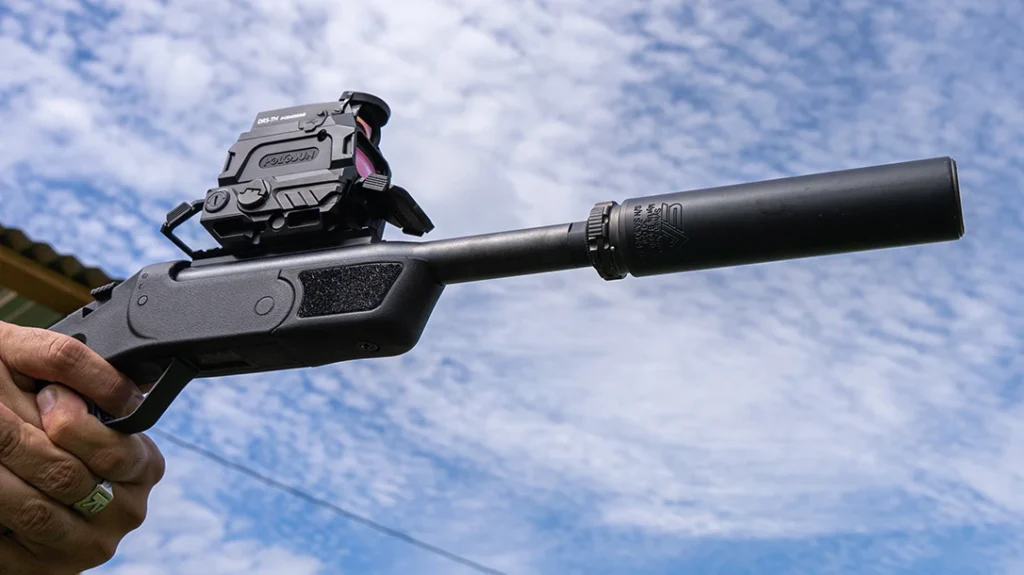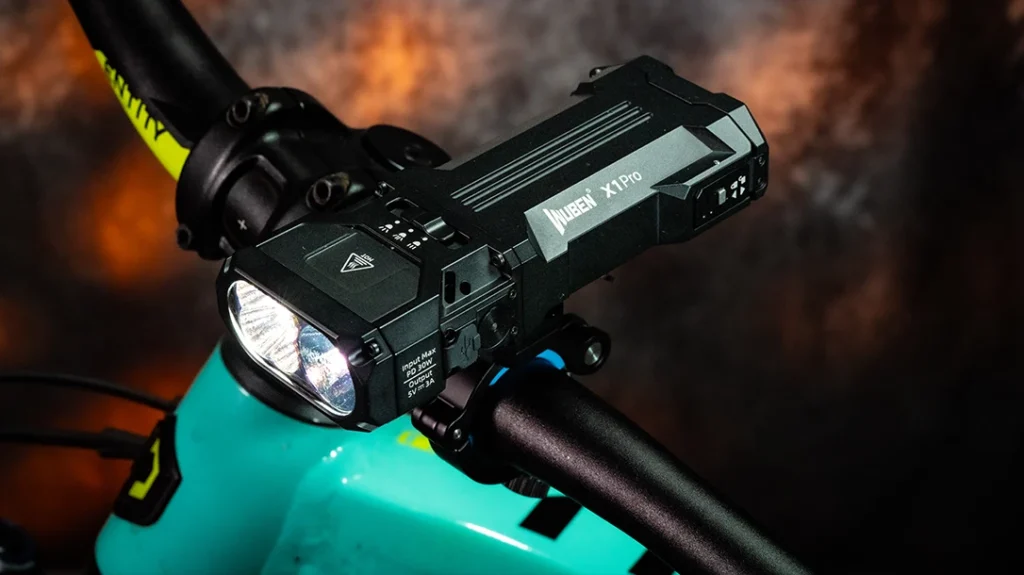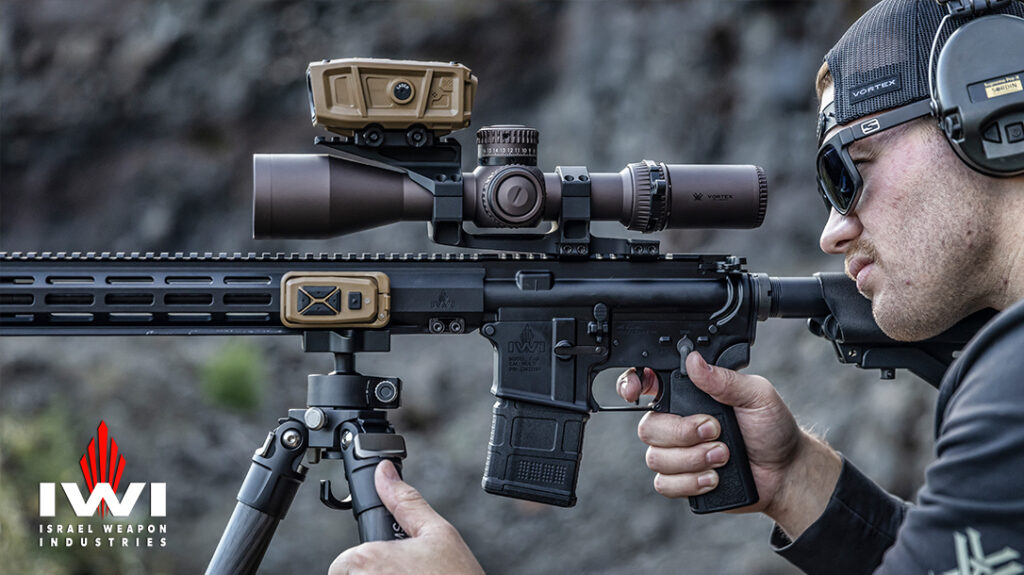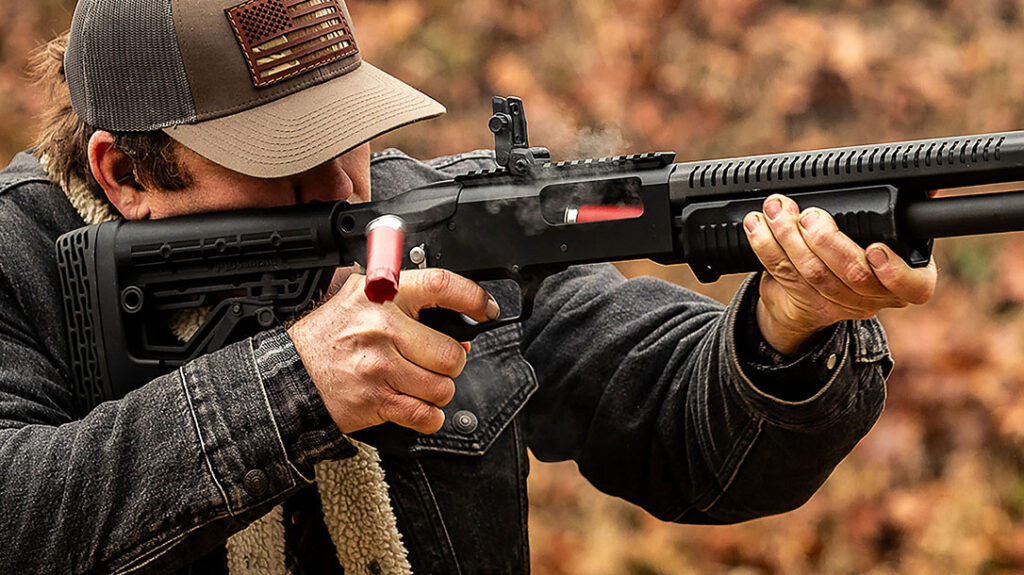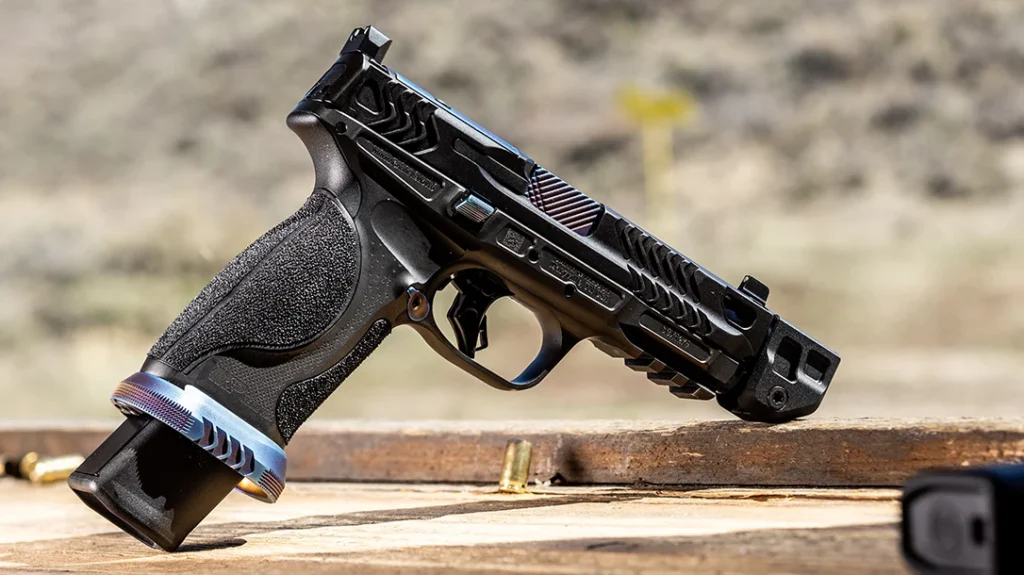Stagecoach drivers fought the elements, bandits, and their elite passengers to become a forgotten legend of the Old West. They were tough, smart, and wise, and in the end, were the beast holding the reins.
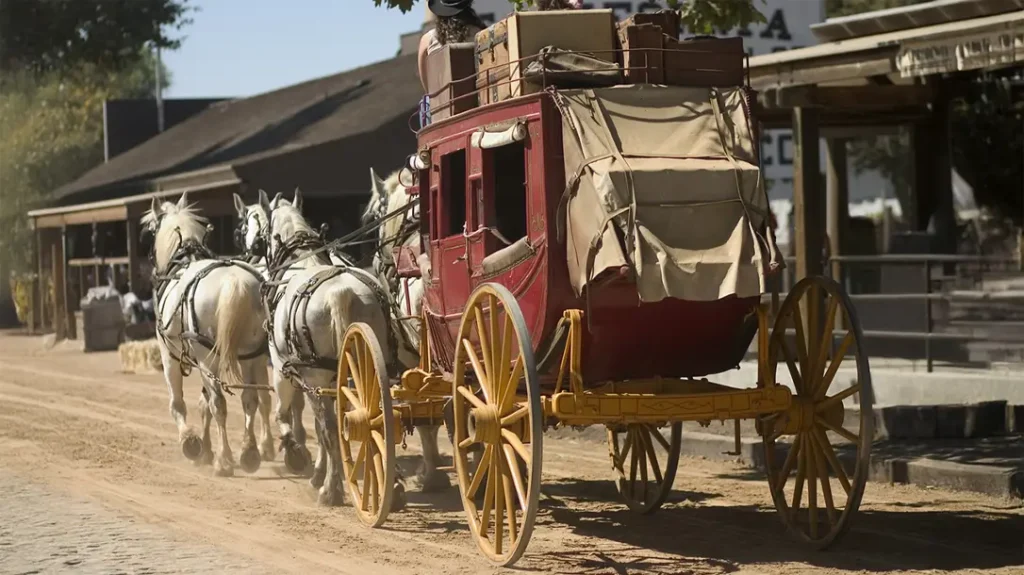
Stagecoach Drivers were Quietly Some of the Toughest Unsung Heroes of the Old West
The Old West was filled with iconic individuals. From the most famous without a doubt, cowboy, to the guns-a-blazing outlaw, to the Indian and the honorable sheriff trying to keep peace in town, these notable people offered a cross-section of what most people of today consider the backbone of the Old West.
Advertisement — Continue Reading Below
However, there was one individual who may have slipped under most people’s radar as both a tough-as-nails, get-the-job-done worker and an awe-inspiring, almost legendary figure who was both feared and respected by those he served, as well as those he worked for, and this person was the stagecoach driver.
Although on the surface, handling the reins and driving passengers from one stop to another may not appear to be anything more than a manual labor-based occupation, the stagecoach driver wore many hats and was definitely the king of his coach.
Here, we explore this seldom-considered icon of the Old West, their physical hardships encountered while commanding an eight-horse stagecoach, along with both the dangers of the ride and the snobbish attitudes of their elite passengers. The stagecoach driver was a true hero on many levels, and it is time to explore this enigmatic holder of the reins.
Advertisement — Continue Reading Below
The Gist of the Job
Simply put and obviously so, the stagecoach driver commanded a team of horses to transport individuals from one location to another. These men (and women, more on that later) went by many slang terms of the time. “Whip,” “Charlie”, and reinsman, just to name a few, along with a simpler term called driver. This job, of course, required superb skills in horsemanship and driving, along with personal traits of the driver such as courage, fearlessness, boldness, and a bit of cockiness.
Most drivers were between the ages of twenty and forty, because it took a great deal of strength and overall toughness to do the job. After the age of forty, many men of the time began to have limitations, both mentally and physically, from a rugged lifetime of hard labor and a multitude of obstacles. The stagecoach driver was comparable to a martial arts master in that his (or her) skill over time was elevated from expert skill to almost a fluid art form that not just anyone could emulate.
They controlled the horses with a combination of the reins and a whip, which for most drivers were very personal objects and were crafted to the driver’s exact specifications by experts in the field. Along with passengers, a stagecoach driver, at times, carried U.S. Mail, and because of this, they were required to swear the “Oath of Mail Contractors and Carriers.” When mail was their primary load, the risks of bandits intercepting the coach increased exponentially, as well as when the load was primary valuables, in which a “shotgun messenger” rode along to protect the cargo and any traveling passengers from harm from thieves.
Advertisement — Continue Reading Below
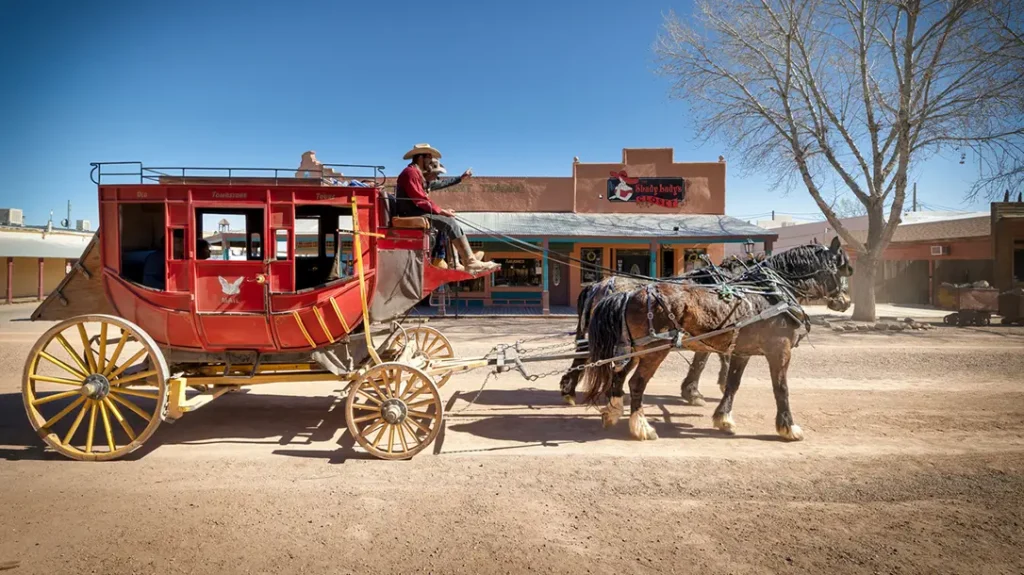
Dealing with the Elite
Money, then, just like today, brought an air of snobbishness, elitism, and privilege. However, the Stagecoach driver would have none of that. In fact, their confident, fearless, and no-nonsense approach to the wealthy passengers who rode within his coach cemented their position that what they said or did would go, regardless of the consequences. They controlled the ride, right down to who would sit in the coveted seat next to the driver. If, for any reason, the person who planted themselves in the driver’s adjacent seat did not earn the driver’s acceptance, that passenger would quickly and forcibly be ordered to demount and sit inside.
He would then choose from the remaining passengers who would sit next to him. The Jehu, a Biblical name and again another nickname for a stagecoach driver, needed to keep his busy schedule and had no tolerance for slackers or those late when it was time to depart. If his yells for “All aboard! Away!” were ignored, this was not a problem. He would simply leave the intended passengers behind and be on his way, no matter their social or economic status.
Advertisement — Continue Reading Below
Additionally, at scheduled stops on the journey, if anyone wandered too far away from the coach and wasn’t able to be located, they too would be left behind without a care or concern from the driver, and they would have to fend for themselves until another coach arrived.
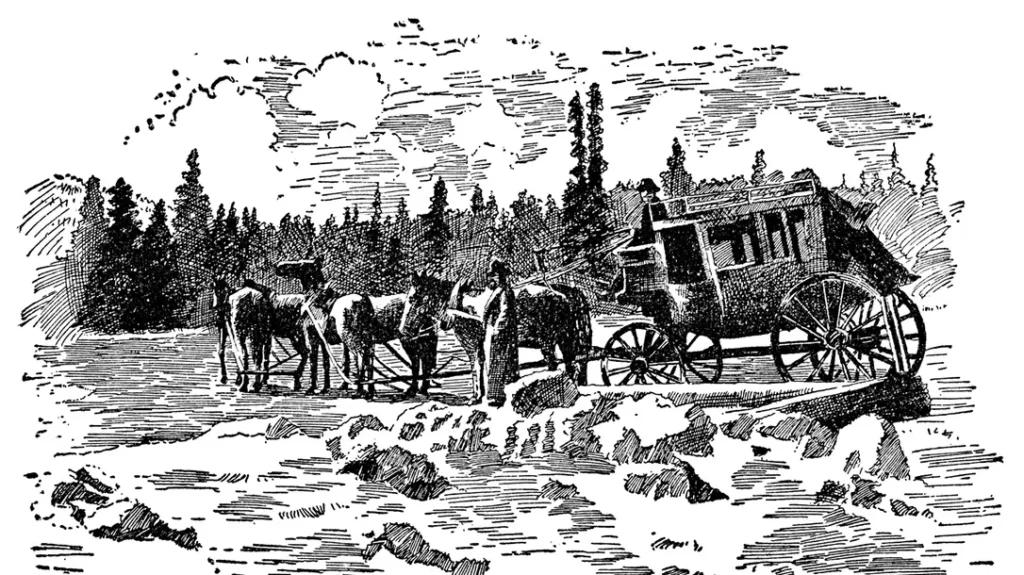
Facing the Roads and Elements
Hundreds of years ago, roads were not similar to what is found today. Instead of paved, smooth surfaces, stagecoach drivers found themselves maneuvering on narrow ground with either rocks, sand, or mud as a base, and none were even close to a comfortable ride. Passengers bounced around, hitting their heads on the wooden interior, as well as bumping other riders.
Advertisement — Continue Reading Below
Additionally, bridges over small running streams or brooks were not as stable as they were when constructed at later times throughout history. In fact, the planks and/or logs that were used in a bridge’s construction would, at times, be bunched up, which caused havoc to the stagecoach’s wheels due to the sudden pressure of the impact. In other instances, entire planks would be missing.
This was extremely dangerous for the coach, the horses, as well as the passengers and driver. Not only would the coach be stuck on the bridge, but if it were traveling fast enough, it could topple over and crash into the water below. Yes, it was usually shallow water, but when stuck in the mangled wood and iron frame, a person could drown quite easily and quickly. The stagecoach driver had to rapidly make decisions and adjustments in order to compensate for less-than-ideal terrain conditions.
Nearly blinding dust in the driver’s eyes, heavy rain pelting him or her constantly, and extreme cold were just a few of the environmental conditions a stagecoach driver faced. Some drivers wore very thin gloves because their control of the reins was their top priority. As such, many drivers incurred nearly frostbite-level medical problems with their fingers and hands, but for the ultra-tough commanders of the coach, this was just another day on the job.
Advertisement — Continue Reading Below
Avoiding Bandits
There was always a danger that a stagecoach would be robbed by bandits roaming the trails and eyeing coaches on their designated routes. This added an already extensive layer to the driver’s level of responsibility to both living passengers, as well as valuable cargo or mail that her or she may be carrying. A driver’s senses were especially put on edge when the coach encountered sandy terrain that slowed the team of horses down considerably, narrow bridges that offered little in the way of an escape route if or when the coach was attacked, and sharp curves or turns that could hide an ambush from the driver’s always watchful eyes.
The driver, who was well-versed in shooting, kept a pistol and shotgun nearby in case of trouble. One driver, Charley Parkhurst, or “One-eyed” or “Cockeyed” Charlie as he was nicknamed due to an injury where a horse kicked him in the head and he lost sight in one eye, who many consider one of the toughest and most skillful “Whips” of all time had a run in with bandits on multiple occasions. One his first outing hold-up, Charlie was unprepared and was unarmed, and the outcome was expected, he lost his cargo to the thieves.
However, Charlie lived and learned, and the next time a bandit crossed his path and ordered him to hand over his strongbox, Charlie squarely delivered buckshot into the bandit’s chest and left him for dead on the side of the road. One other interesting fact about Charlie Parkhurst that wasn’t discovered until his death, when his body was being prepared for burial, was that this hard-as-nails, tough stagecoach driver was, in fact, a woman.
Advertisement — Continue Reading Below
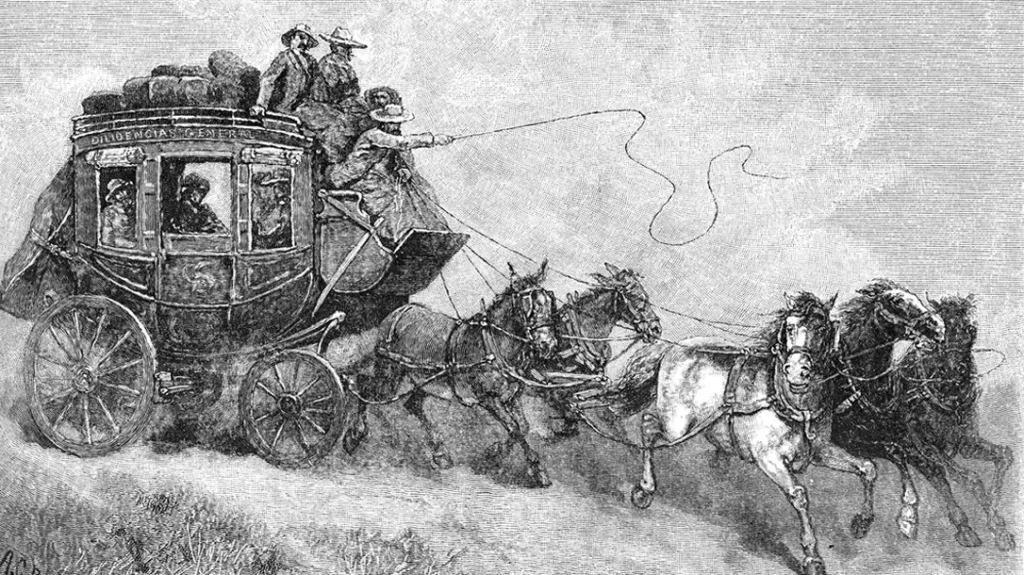
Breakdowns
As uncomfortable as stagecoaches were, they were built as tough as possible for the time. There were no smooth roads like those found today. Instead, a driver faced rocky terrain, brooks, rivers, streams, and other low-level bodies of water, as well as high heat and bone-chilling cold. Most times, coaches would survive the journey unscathed. However, breakdowns did occur, and it was up to the driver to make repairs, if possible, or wait for assistance, which could take a very long time.
Drivers were skilled at detecting possible problems prior to them occurring. Experience was king with this ability, and a seasoned driver could detect tire issues just by the tone of the wheels as they were moving. If the driver detected a ringing sound as he moved, all was well. But if the sound constantly emitted a dull thud while moving, then the wheel was starting to come loose and would probably come off if they traveled further. Detection was key to preventing delays and staying on schedule.
Advertisement — Continue Reading Below
Additionally, stagecoach drivers were excellent Jack-of-all-trades. When minor mishaps occurred during their travels, they could improvise repairs on the fly, such as securing wood planks or beams that exhibited cracks or splits and binding torn leather reins or straps until more permanent repairs could be made.
A Legend Few Would Understand
Though not as prestigious as being a Sheriff of a lawless town, or as infamous as being a bandit known for robbing banks and leaving a trail of bodies behind, the occupation of stagecoach driver was near the top when it came to someone who was superb at their job, who was revered by those below them working in the same profession, and who was respected by the wealthy businessmen for whom they were employed.
It was a daily grind that exposed the driver to a constant fight with the elements, the horse team, road conditions, and the unpredictability of what may be coming around the next bend in the form of greedy thieves or angered Indians. This unsung hero of the West took charge in every aspect, with a whip in one hand and a full grip of leather in the other.
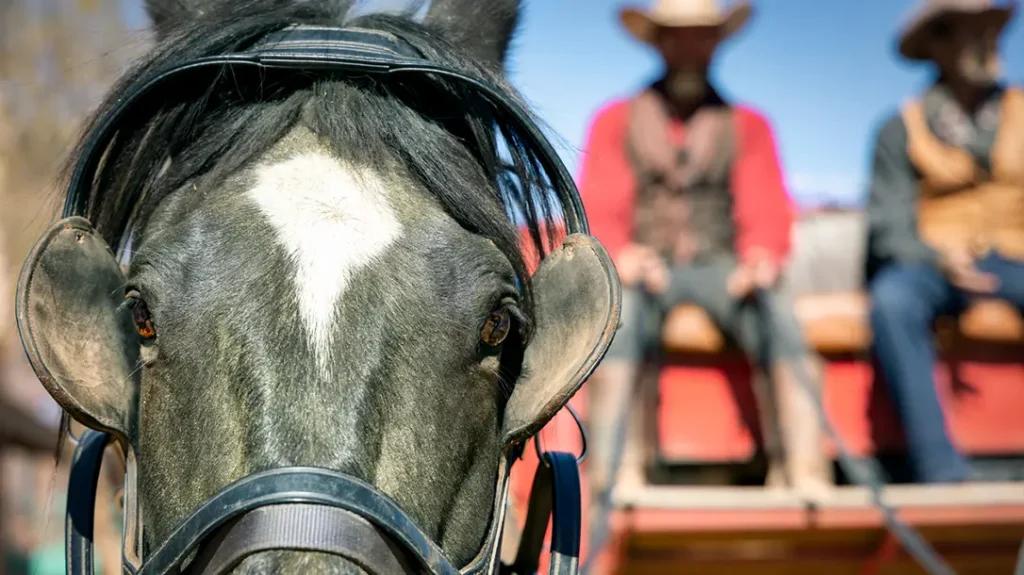
The Love of the Whip
One nickname for a stagecoach driver was “whip”, and for good reason. This tool of their trade not only had a job to perform during the ride, but it also held a special attachment with the driver. Basically, the whip was a driver’s most prized possession. They were detailed like a piece of art, personalized to meet the practical, as well as the aesthetic needs of the driver, and were maintained with only the best care.
The whip would be roughly eleven to twelve feet in length with a hickory wood staff as the base (handle). They would never be loaned, sold, or borrowed to anyone. They were always in the hands of the driver, and when he was off duty, they would be hung, not slumped over a piece of furniture, or rolled up.
Walter A Tompkins wrote in his book, Stagecoach Days in Santa Barbara County, “Whips were considered a part of the driver, who kept the lashes well-oiled and as pliable as a “snake in the sun.”
A Length of Snake?
Think stagecoach drivers are tough? You haven’t heard anything yet. One driver, named Whispering George Cooper, was so (sarcastically) named for his loud yell, which, some say, could be heard for miles. On one ride, he was pushing his team upward and through a very treacherous piece of terrain. In the process, his stage incurred a broken singletree, which needed to be repaired.
The Beast
However, no sign of any piece of rope or cordage could be found to “splint” the problem until more detailed repairs could be made. But as luck would have it (stay with me), a rattlesnake crossed the road in front of the coach. Without hesitation, George shot the snake before it could spook his team. A passenger commented that the five-foot snake looked like a piece of rope. Not missing a beat, George took the dead reptile and tied it around the singletree. The coach was then able to make it back to the station for the proper repairs.
